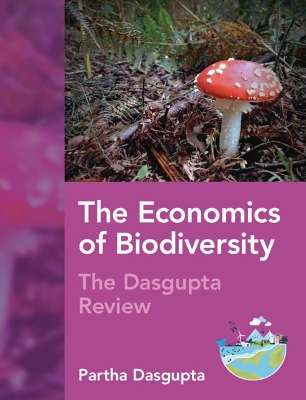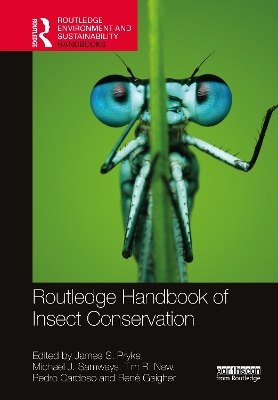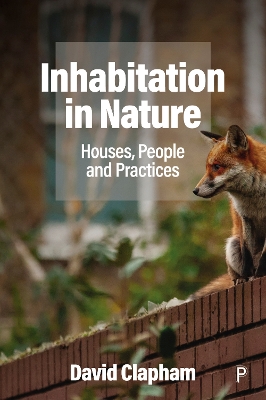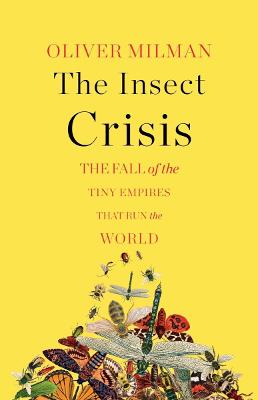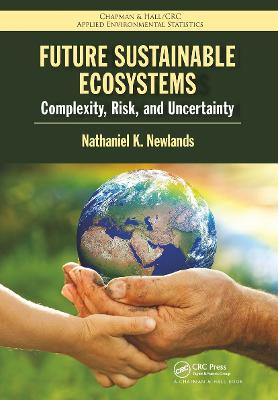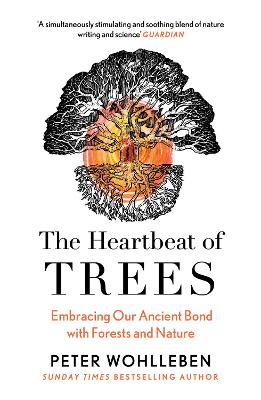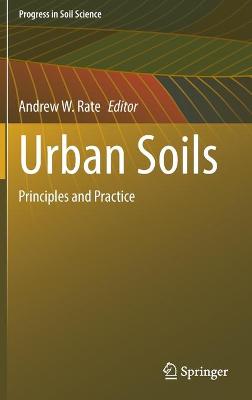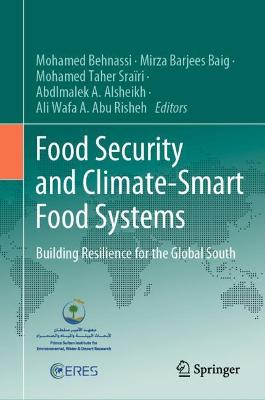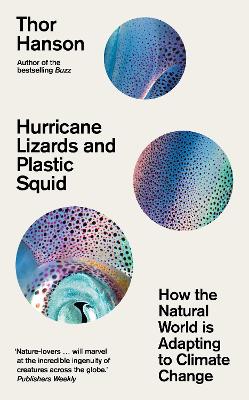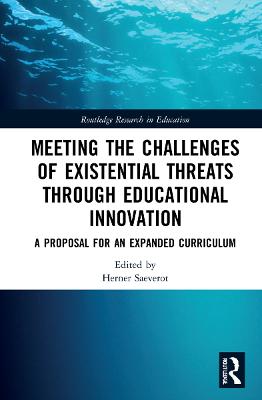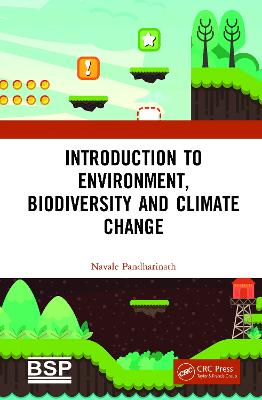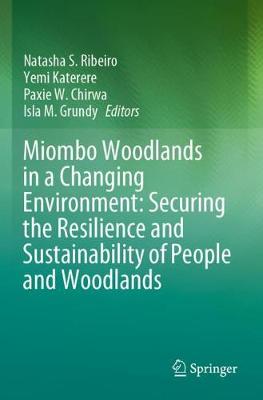Land Carbon Cycle Modeling
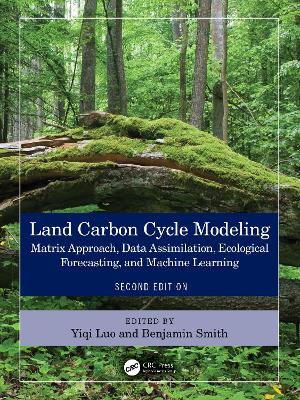 portes grátis
portes grátis
Land Carbon Cycle Modeling
Matrix Approach, Data Assimilation, Ecological Forecasting, and Machine Learning
Luo, Yiqi; Smith, Benjamin
Taylor & Francis Ltd
05/2024
296
Dura
9781032698496
Pré-lançamento - envio 15 a 20 dias após a sua edição
Chapter 1: Theoretical foundation of the land carbon cycle and matrix approach. Yiqi Luo.
Chapter 2: Introduction to modeling. Benjamin Smith.
Chapter 3: Flow diagrams and balance equations of land carbon models. Yuanyuan Huang.
Chapter 4: Practice 1, Developing carbon flow diagrams and balance equations. Yuanyuan Huang.
Unit 2: Matrix representation of carbon balance.
Chapter 5: Developing matrix representation of land carbon models. Yuanyuan Huang.
Chapter 6: Coupled carbon-nitrogen matrix models. Zheng Shi and Xingjie Lu.
Chapter 7: Compartmental systems. Carlos Sierra.
Chapter 8: Practice 2, Matrix representation of carbon balance equations and coding. Yuanyuan Huang.
Unit 3: Carbon cycle diagnostics for uncertainty analysis.
Chapter 9: Unified diagnostic system for uncertainty analysis. Yiqi Luo.
Chapter 10: Matrix phosphorus model and data assimilation. Enqing Hou.
Chapter 11: Principles underlying carbon dioxide removals from the atmosphere. Yiqi Luo
Chapter 12: Practice 3, Diagnostic variables in matrix models. Xingjie Lu.
Unit 4: Semi-analytic spin-up (SASU).
Chapter 13: Non-autonomous ODE system solver and stability analysis. Ying Wang.
Chapter 14: Semi-Analytic Spin-Up (SASU) of coupled carbon-nitrogen cycle models. Xingjie Lu and Jianyang Xia.
Chapter 15: Time characteristics of compartmental systems. Carlos Sierra.
Chapter 16: Practice 4, Efficiency and convergence of semi-analytic spin-up (SASU) in TECO. Xingjie Lu.
Unit 5: Traceability and benchmark analysis.
Chapter 17: Overview of traceability analysis. Jianyang Xia.
Chapter 18: Applications of the transient traceability framework. Lifen Jiang.
Chapter 19: Benchmark analysis. Yiqi Luo & Forrest M. Hoffman.
Chapter 20: Practice 5, Traceability analysis for evaluating terrestrial carbon cycle models. Jianyang Xia & Jian Zhou.
Unit 6: Introduction to data assimilation.
Chapter 21: Data assimilation: Introduction, procedure, and applications. Yiqi Luo.
Chapter 22: Bayesian statistics and Markov chain Monte Carlo method in data assimilation. Feng Tao.
Chapter 23: Application of data assimilation to soil incubation data. Junyi Liang & Jiang Jiang.
Chapter 24: Practice 6, The seven-step procedure for data assimilation. Xin Huang.
Unit 7: Data assimilation with field measurements and satellite data.
Chapter 25: Model-data integration at the SPRUCE experiment. Daniel Ricciuto.
Chapter 26: Application of data assimilation to a peatland methane study. Shuang Ma.
Chapter 27: Global data assimilation using earth observation - the CARDAMOM approach. Mathew Williams.
Chapter 28: Practice 7, Data assimilation at the SPRUCE site. Shuang Ma.
Unit 8: Ecological forecasting with EcoPAD.
Chapter 29: Introduction to ecological forecasting. Yiqi Luo.
Chapter 30: Ecological Platform for Assimilating Data (EcoPAD) for ecological forecasting. Yuanyuan Huang.
Chapter 31: Community cyberinfrastructure for ecological forecasting. Xin Huang & Lifen Jiang
Chapter 32: Practice 8, Ecological forecasting at the SPRUCE site. Jiang Jiang.
Unit 9: Machine learning and its applications to carbon cycle research
Chapter 33: Introduction to machine learning and its applications to carbon cycle research. Yuanyuan Huang.
Chapter 34: Estimation of terrestrial gross primary productivity
using Long Short-Term Memory network. Yao Zhang.
Chapter 35: Machine learning to predict and explain complex carbon cycle interactions, Julia Green
Chapter 36: Practice 9, Applications of machine learning to predict soil organic carbon content. Feng Tao and Kostia Viatkin.
Unit 10: Process-based machine learning and data-driven modeling (PRODA).
Chapter 37: Introduction to machine learning and neural networks. Toby Dylan Hocking.
Chapter 38: PROcess-guided deep learning and DAta-driven modeling (PRODA). Feng Tao & Yiqi Luo.
Chapter 39: Hybrid modeling in earth system science, Yu Zhou
Chapter 40: Practice 10, Deep learning to optimize parametrization of CLM5. Feng Tao.
Appendices.
Appendix 1: Matrix algebra in land carbon cycle modeling. Ye Chen.
Appendix 2: Introduction to programming in Python. Xin Huang.
Appendix 3: CarboTrain user guide. Jian Zhou
Chapter 1: Theoretical foundation of the land carbon cycle and matrix approach. Yiqi Luo.
Chapter 2: Introduction to modeling. Benjamin Smith.
Chapter 3: Flow diagrams and balance equations of land carbon models. Yuanyuan Huang.
Chapter 4: Practice 1, Developing carbon flow diagrams and balance equations. Yuanyuan Huang.
Unit 2: Matrix representation of carbon balance.
Chapter 5: Developing matrix representation of land carbon models. Yuanyuan Huang.
Chapter 6: Coupled carbon-nitrogen matrix models. Zheng Shi and Xingjie Lu.
Chapter 7: Compartmental systems. Carlos Sierra.
Chapter 8: Practice 2, Matrix representation of carbon balance equations and coding. Yuanyuan Huang.
Unit 3: Carbon cycle diagnostics for uncertainty analysis.
Chapter 9: Unified diagnostic system for uncertainty analysis. Yiqi Luo.
Chapter 10: Matrix phosphorus model and data assimilation. Enqing Hou.
Chapter 11: Principles underlying carbon dioxide removals from the atmosphere. Yiqi Luo
Chapter 12: Practice 3, Diagnostic variables in matrix models. Xingjie Lu.
Unit 4: Semi-analytic spin-up (SASU).
Chapter 13: Non-autonomous ODE system solver and stability analysis. Ying Wang.
Chapter 14: Semi-Analytic Spin-Up (SASU) of coupled carbon-nitrogen cycle models. Xingjie Lu and Jianyang Xia.
Chapter 15: Time characteristics of compartmental systems. Carlos Sierra.
Chapter 16: Practice 4, Efficiency and convergence of semi-analytic spin-up (SASU) in TECO. Xingjie Lu.
Unit 5: Traceability and benchmark analysis.
Chapter 17: Overview of traceability analysis. Jianyang Xia.
Chapter 18: Applications of the transient traceability framework. Lifen Jiang.
Chapter 19: Benchmark analysis. Yiqi Luo & Forrest M. Hoffman.
Chapter 20: Practice 5, Traceability analysis for evaluating terrestrial carbon cycle models. Jianyang Xia & Jian Zhou.
Unit 6: Introduction to data assimilation.
Chapter 21: Data assimilation: Introduction, procedure, and applications. Yiqi Luo.
Chapter 22: Bayesian statistics and Markov chain Monte Carlo method in data assimilation. Feng Tao.
Chapter 23: Application of data assimilation to soil incubation data. Junyi Liang & Jiang Jiang.
Chapter 24: Practice 6, The seven-step procedure for data assimilation. Xin Huang.
Unit 7: Data assimilation with field measurements and satellite data.
Chapter 25: Model-data integration at the SPRUCE experiment. Daniel Ricciuto.
Chapter 26: Application of data assimilation to a peatland methane study. Shuang Ma.
Chapter 27: Global data assimilation using earth observation - the CARDAMOM approach. Mathew Williams.
Chapter 28: Practice 7, Data assimilation at the SPRUCE site. Shuang Ma.
Unit 8: Ecological forecasting with EcoPAD.
Chapter 29: Introduction to ecological forecasting. Yiqi Luo.
Chapter 30: Ecological Platform for Assimilating Data (EcoPAD) for ecological forecasting. Yuanyuan Huang.
Chapter 31: Community cyberinfrastructure for ecological forecasting. Xin Huang & Lifen Jiang
Chapter 32: Practice 8, Ecological forecasting at the SPRUCE site. Jiang Jiang.
Unit 9: Machine learning and its applications to carbon cycle research
Chapter 33: Introduction to machine learning and its applications to carbon cycle research. Yuanyuan Huang.
Chapter 34: Estimation of terrestrial gross primary productivity
using Long Short-Term Memory network. Yao Zhang.
Chapter 35: Machine learning to predict and explain complex carbon cycle interactions, Julia Green
Chapter 36: Practice 9, Applications of machine learning to predict soil organic carbon content. Feng Tao and Kostia Viatkin.
Unit 10: Process-based machine learning and data-driven modeling (PRODA).
Chapter 37: Introduction to machine learning and neural networks. Toby Dylan Hocking.
Chapter 38: PROcess-guided deep learning and DAta-driven modeling (PRODA). Feng Tao & Yiqi Luo.
Chapter 39: Hybrid modeling in earth system science, Yu Zhou
Chapter 40: Practice 10, Deep learning to optimize parametrization of CLM5. Feng Tao.
Appendices.
Appendix 1: Matrix algebra in land carbon cycle modeling. Ye Chen.
Appendix 2: Introduction to programming in Python. Xin Huang.
Appendix 3: CarboTrain user guide. Jian Zhou


